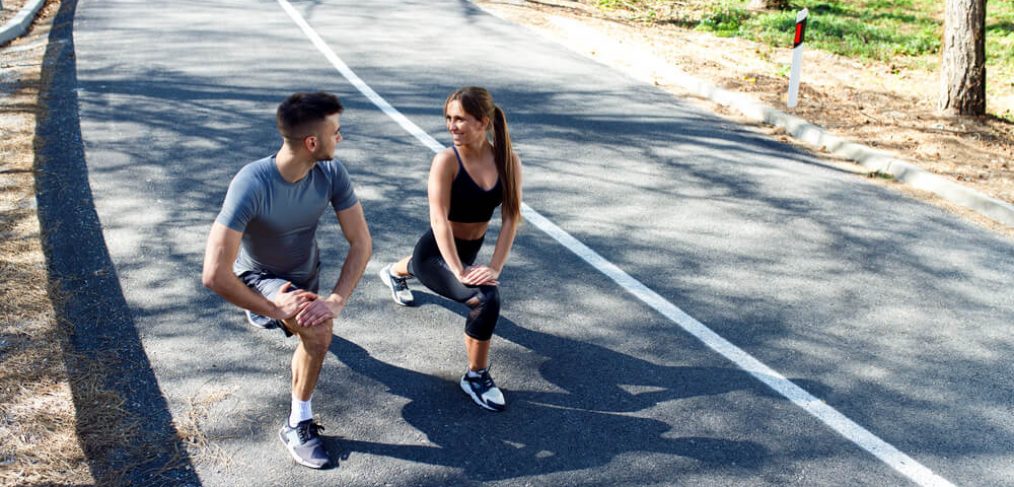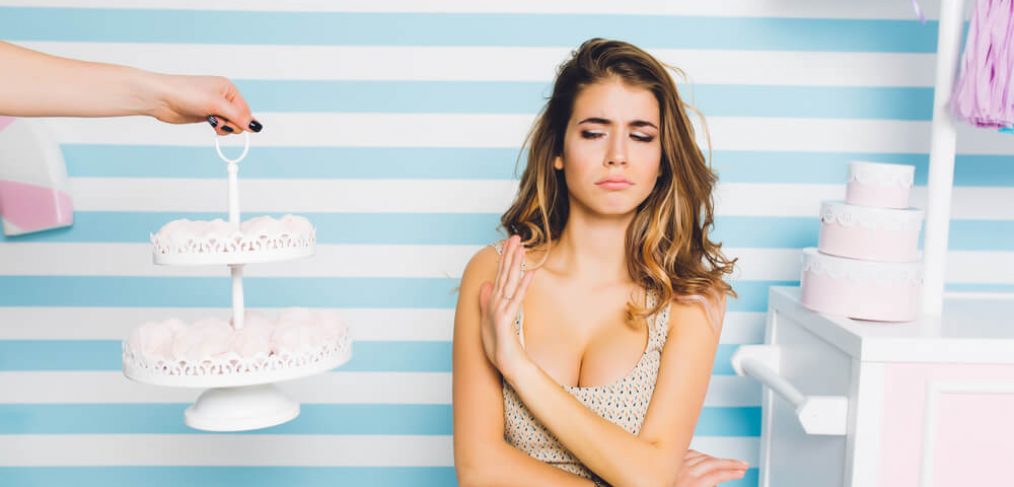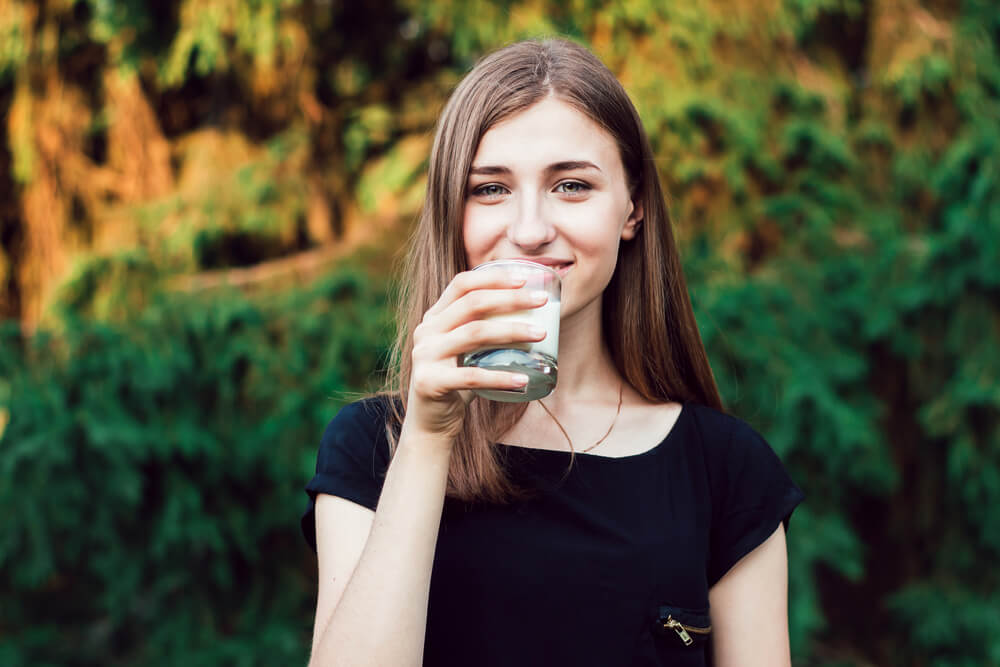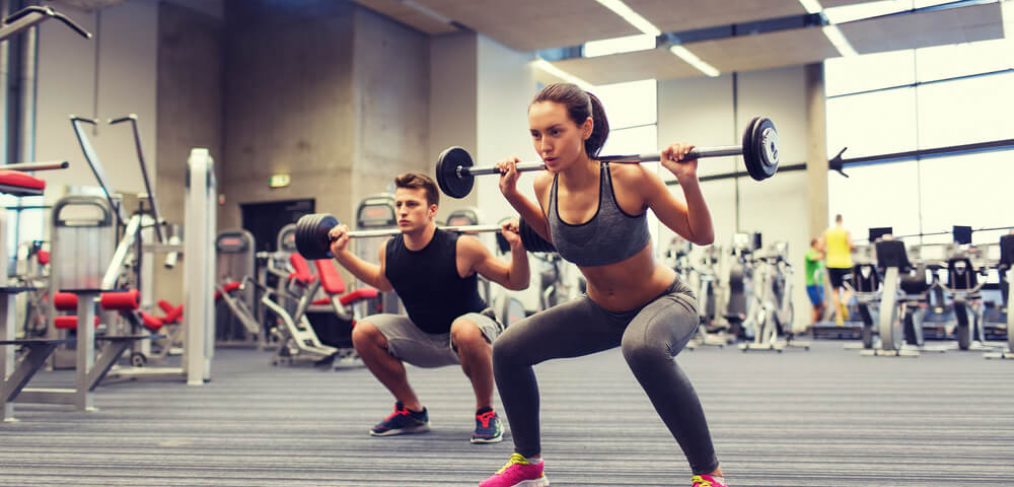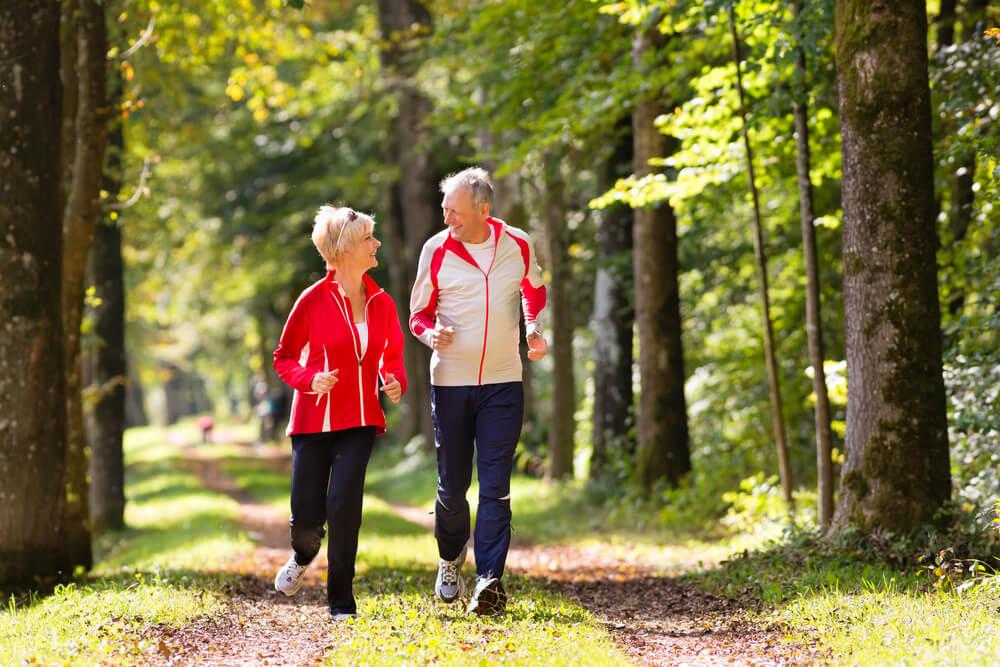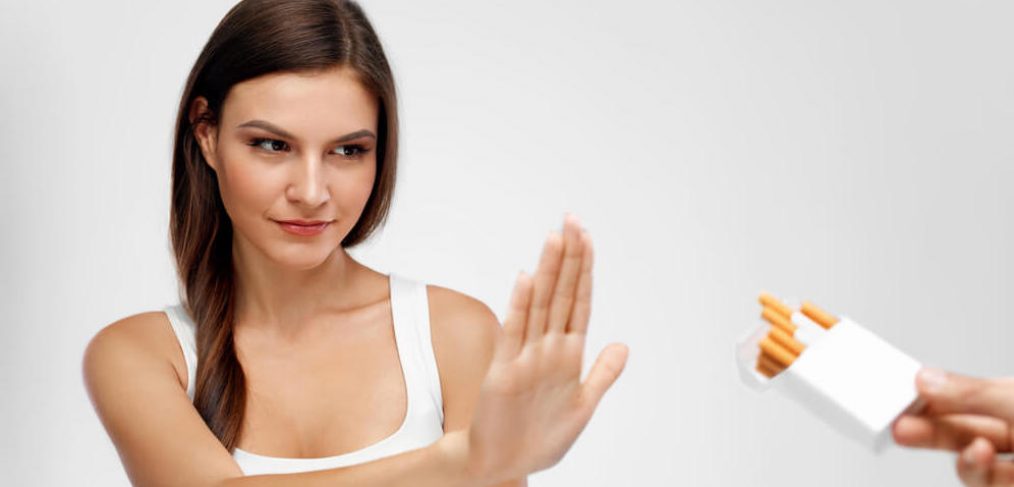Some people look great exercising. Their limbs seem to relax into certain positions, their faces full of fierce determination, their bodies long and lithe. For others, however, the struggle is a little more evident. Graceful angles seem unattainable, body parts jiggle, eyes cross, mouths gasp, hip width and sweat drips. If you find yourself in the latter category, exercising publicly may not be on the agenda. However, if you are one of the blessed, for whom physical exercise comes effortlessly, you can exercise just about anywhere. Here are some exercises for those without issues.
Walking Lunges
If you don’t mind people wondering why you’re taking such emphasized steps, walking lunges are a great way to get some outside exercise in. Start off standing with you hip-width apart. Take a giant step forward and bend your knees until your rear knee almost reaches the ground. You will know if you are doing them correctly if your shoulder, hip, and knee form a straight line. Be sure to keep your shoulders back and continue, alternating legs.
Body Weight of Air Squats
The squat is another great way of toning the legs and butt. Begin with the feet about a shoulder width apart, turning toes out slightly. Hold your chest up and shoulders back as you bend your knees and begin to sit back onto your heels. Lower yourself to an angle of approximately 90 degrees, or a little less, and then use your muscles to power your body back up with a little more speed, without overextending your knee. Do three to five sets of 20-30 repetitions.
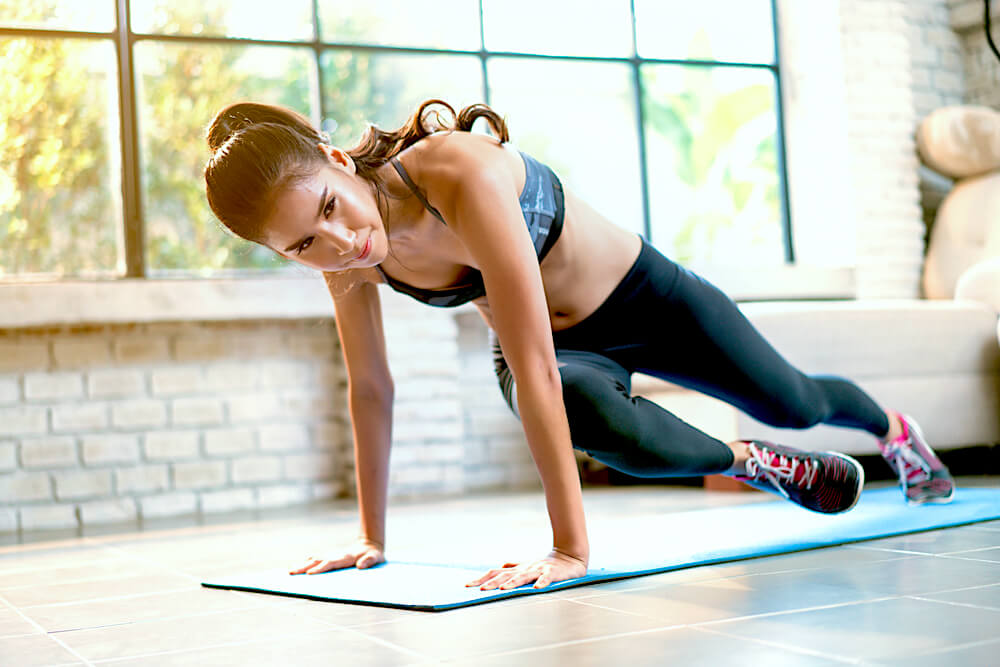
Mountain Climber
This is a great exercise which targets the whole body and is great for alternating between lunges and air squats. Start in a plank position with lips lined up directly under your shoulder with your stomach muscles tight. Alternate lifting feet up toward your hands in a running motion. Do three to five sets of 30- 40 reps of this, making sure to keep your tummy tight while trying to keep hips from sagging.
Push Ups
Because women often lack the upper body strength for pushups, stabilizing the upper body may be a helpful strategy in execution. Begin with hands just beyond your shoulders and stomach, keeping your glutes tight. Lower yourself, leading with the chest and then push yourself away whatever you are leaning on. Allow your chest to stretch and squeeze your shoulder blades together as you lower yourself. Use your legs, abs, and chest to pull yourself back up. Try to get in three to five sets of 10 to 15 pushup repetitions.

Step Ups
Another great booty shaper, step ups are done by first finding something stable to step your foot on. Keep all your weight on the heel of the raised foot, and step up. Try to prevent going forward as you go up, keeping your upper body in a straight line. Use your butt, keeping your weight centered on your heel. You can add a little more core resistance by starting with the foot on the ground slightly bent. Aim for three to five sets of 15 to 20 repetitions, alternating legs.
If you give any of these a try, let us know how they go. And let us know what other exercises we can do without a gym membership.



